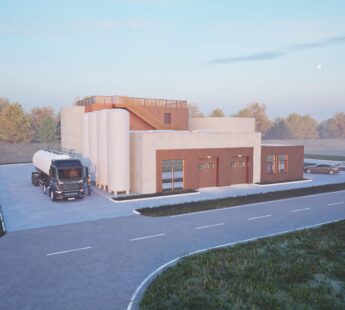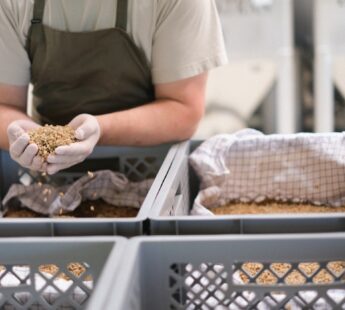The project "Waste Taste" addresses how primary fruit, vegetable, and berry producers can use vacuum-drying to avoid or reduce their food waste. This is done by converting the waste into valuable food ingredients and new products via an energy-efficient vacuum-drying technique. The project will investigate the food waste from primary producers, such as the waste from overproduction and odd size products that does not meet retail standards but does not have any microbial or sensory faults.
How does it work?
Vacuum-drying is a gentle process as the drying temperature is lower than usual because of the vacuum. This results in great preservation of both the flavour compounds and the health beneficial substances in the raw product. Vacuum-drying is up to ten times more energy efficient than freeze-drying; hence, it is more cost-effective and more environmentally friendly.
Perspectives
In total, primary producers in the fruit and vegetable production sectors in Denmark waste approximately 110,000 tonnes of edible food a year. They have to pay to burn the food waste. The aim here is to turn this expense into a financial gain, as the food waste, through vacuum-drying, is preserved and value is added. Even though the project is only at a pilot-scale production level, the dried products have already sprouted commercial interest in the food industry.
For more information, please visit the Department of Food Science (FOOD) at the University of Copenhagen.











